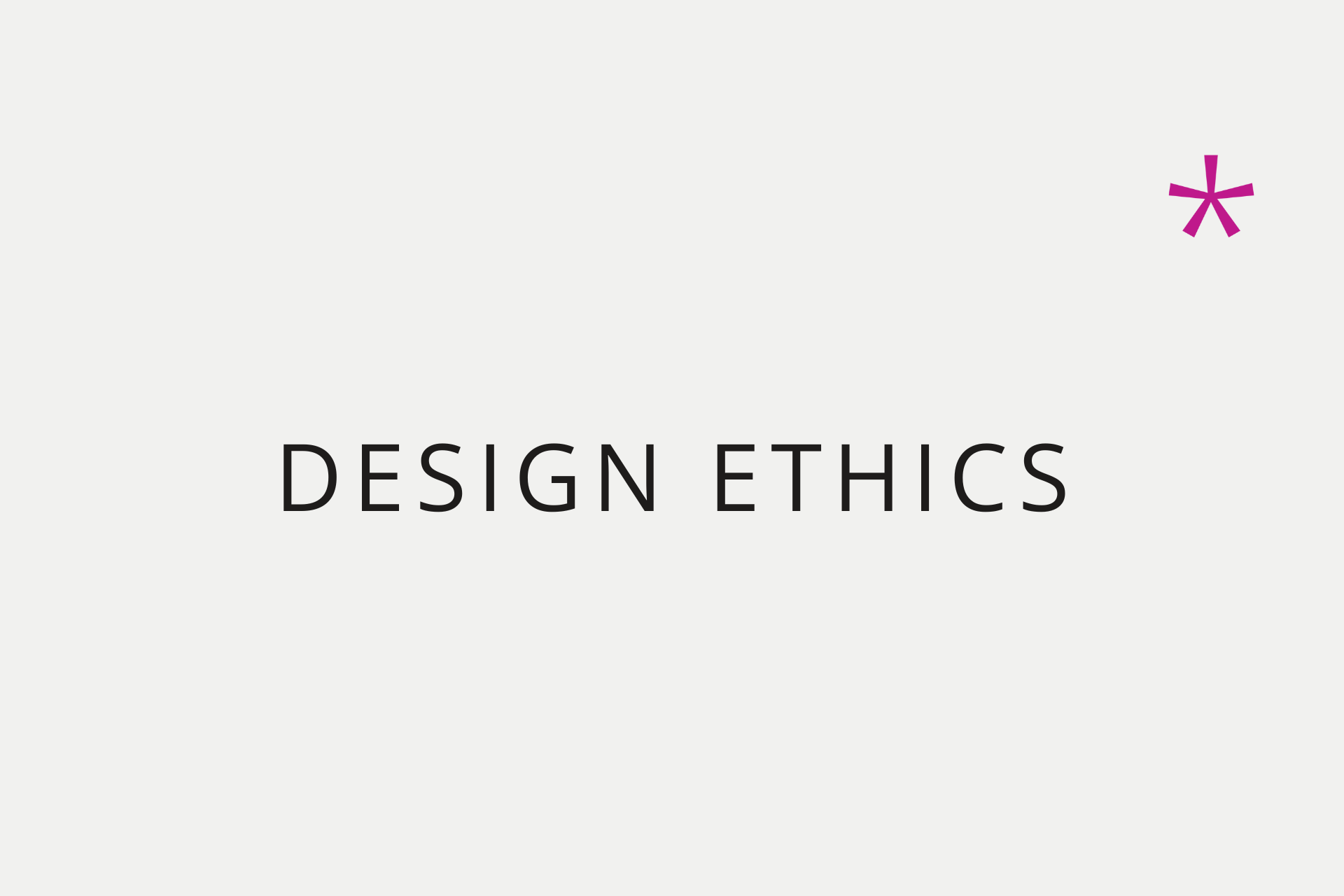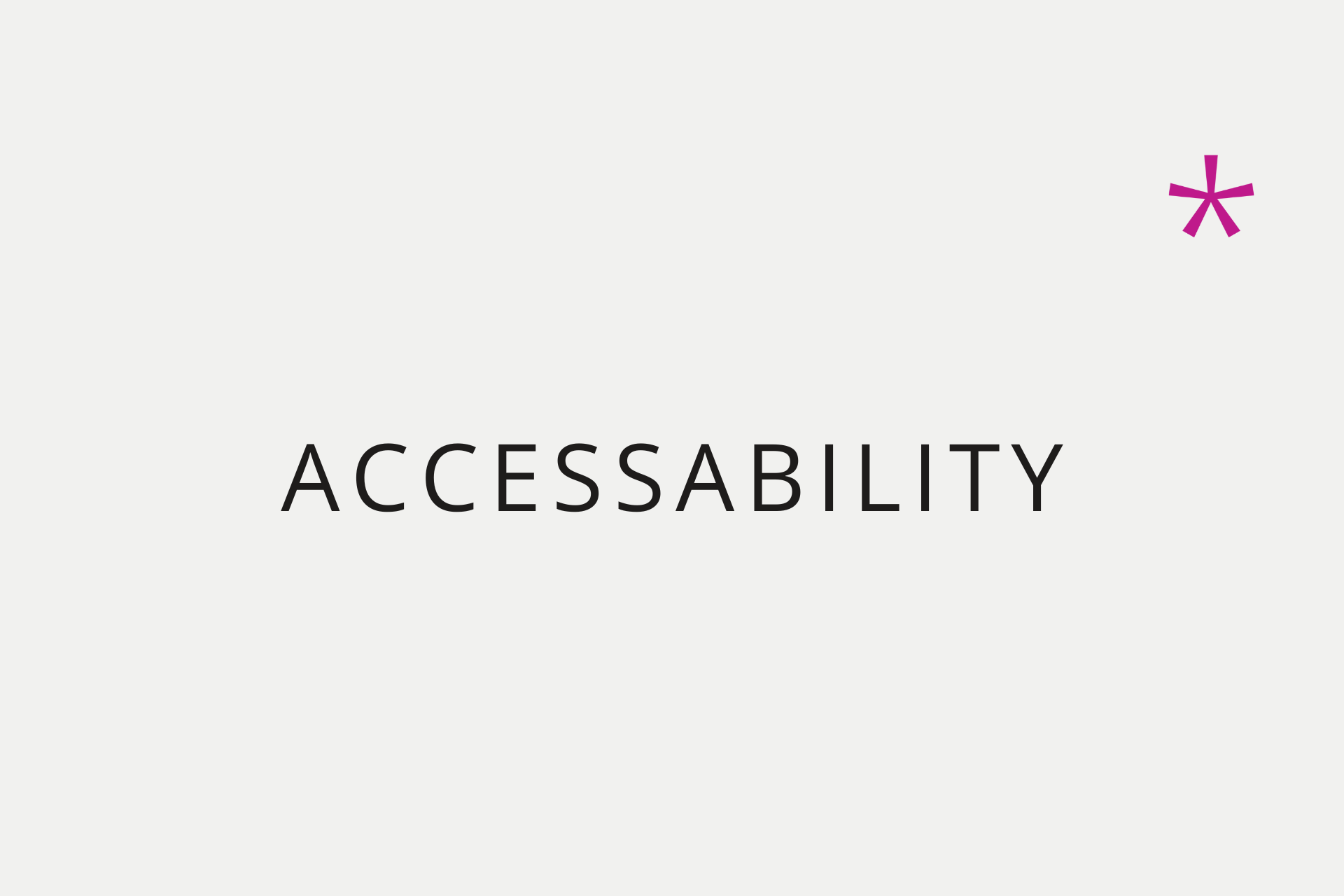Designing for Colorblind Users
How to Make Your UI/UX Truly Accessible
When it comes to designing for accessibility, colorblindness is often overlooked. With over 300 million people worldwide experiencing some form of colorblindness, it’s essential that UI/UX designers create solutions that work for everyone—regardless of how they perceive colors.
Colorblindness isn’t just a minor inconvenience; it can impact everything from reading charts to knowing when food is cooked. Designing with these users in mind will help ensure your product is accessible to a broad audience, improving user experience and expanding your reach. Let’s dive into why it matters and how you can start making your designs colorblind-friendly.
Did you know that around 1 in 12 men and 1 in 200 women experience some form of colorblindness, so making your UI/UX colorblind-friendly is crucial.
Whether it’s reading dashboards, judging the ripeness of fruit, or navigating color-coded maps, colorblind users face everyday challenges that we, as designers, can help solve.
💡💡💡 Helpful Tips & Tools: 💡💡💡
In Adobe Photoshop: Use the built-in function to preview your canvas through the eyes of colorblind users.
Go to View → Proof Setup → Color Blindness (Protanopia/Deuteranopia) and toggle with ⌘+Y on Mac or Ctrl+Y on PC.
→ Sim Daltonism:
A live colorblindness simulator for macOS, allowing you to view your designs through different types of colorblindness in real-time.
→ Coblis – Color Blindness Simulator:
See how colorblind users perceive your design.
→ Datylon – Data Visualization for Visually Impaired Users:
Learn how to optimize your data visualizations for visually impaired users.
→ Color & Contrast:
An interactive tool that helps you understand contrast and color combinations in your designs.
→ Who Can Use:
Analyze how accessible your color combinations are to users with different vision impairments.
→ Venngage Accessible Color Palette Generator:
Create accessible color palettes easily with this tool.
→ Accessible Palette:
A color system generator that ensures your palette is WCAG compliant while maintaining visual harmony.
By considering diverse needs, we make designs more inclusive and user-friendly for everyone.





